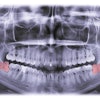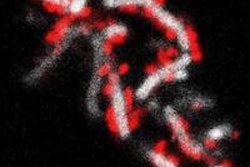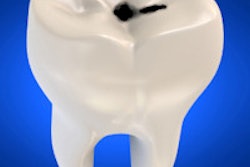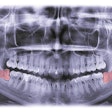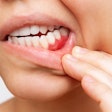Researchers in China have discovered that a material called graphene oxide is effective at eliminating cariogenic bacteria, some of which have developed antibiotic resistance, according to a study in ACS Applied Materials & Interfaces (February 23, 2015).
Zisheng Tang and colleagues noted that dentists often prescribe traditional antibiotics to get rid of bacteria that cause caries or periodontal disease. But with the rise in antibiotic resistance, new approaches are needed to address these problems, which can lead to tooth loss. Previous studies have demonstrated that graphene oxide -- carbon nanosheets studded with oxygen groups -- is a promising material in biomedical applications. It can inhibit the growth of some bacterial strains with minimal harm to mammalian cells.
The researchers wanted to see if the nanosheets would also stop the specific bacteria that cause dental diseases. They tested the material against three different species of bacteria that are linked to caries or periodontal disease: Streptococcus mutans, Porphyromonas gingivalis, and Fusobacterium nucleatum. By destroying the bacterial cell walls and membranes, graphene oxide effectively slowed the growth of the pathogens. The researchers concluded that the nanosheets could have potential uses in dental care.



